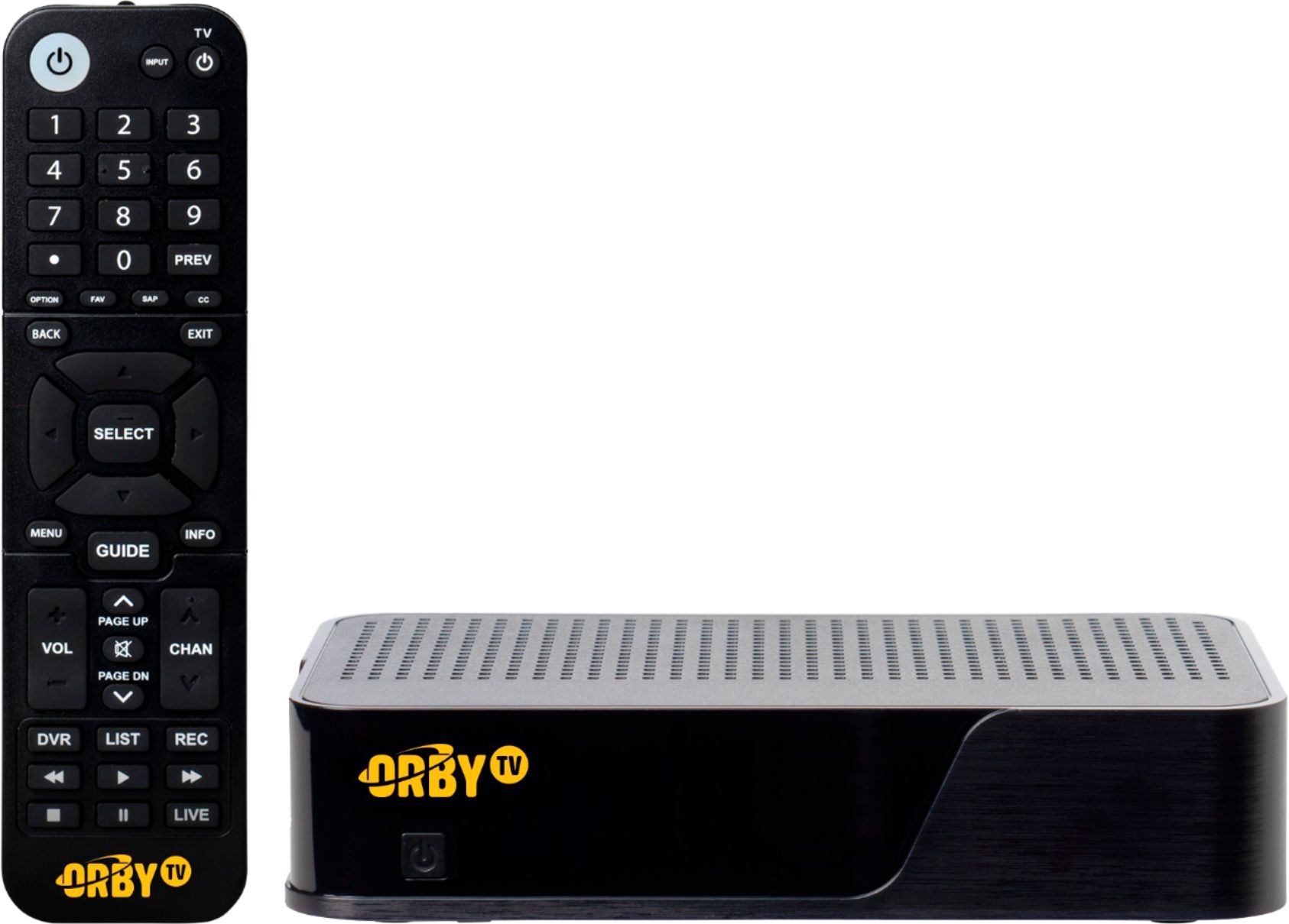Satellites In Space Fundamentals Explained
In coming years, constellations made up of lots of small, much less complicated, as well as less costly satellites are likely to end up being considerably more cost-effective family member to constellations comprised of little numbers of large, a lot more complicated, and a lot more expensive satellites. Movement here, which is currently plainly noticeable in business space, is the result of a range of elements, consisting of continued enhancements in the miniaturization of computers, sensing units, and also other technologies as well as, also much more significantly, reductions precede launch costs.
Since launch expenses currently account for a far greater share of total lifecycle prices for tiny, more economical satellites than for huge, pricey satellites, these decreases are most likely to improve the total cost-effectiveness of the previous greater than the last. The diffusion of area properties amongst big constellations of little satellites likewise provides an important ways of complicating a prospective opponent's job of assaulting space-based assets.
https://www.youtube.com/embed/53w7QRNFmLY
Much more engaging is the chance small-satellite capacities provide as a way of comprising a http://query.nytimes.com/search/sitesearch/?action=click&contentCollection®ion=TopBar&WT.nav=searchWidget&module=SearchSubmit&pgtype=Homepage#/small and mini satellite substantial war time book. Taken together, current as well as predicted patterns in business constellation layout, miniaturization, launch expenses, and anti-satellite abilities fall short of supporting a remarkable near-term reorientation of UNITED STATE area capabilities. Nonetheless, those fads do recommend that currently is a suitable time for the U.S.
Especially, they should: Devote to the advancement and deployment of one or more constellations made up of lots of little and relatively low-cost satellites, consisting of the use of organized or specially modified payloads on spread constellations of little business satellites, in order to get better experience with the operation of such constellations.
8 Easy Facts About Nanosatellite Explained
Provide better assistance for the advancement of more efficient and also economical room launch cars-- especially little launch automobiles-- as well as a much more active and also survivable room launch capability. Completely, executing these referrals would likely call for half a billion bucks a year at first, growing to perhaps $1-2 billion annually within five years.
And such an expenditure would position the U.S. army and intelligence community in a far much better placement to effectively reply to and also manipulate changes in the area environment driven by improvements in tiny satellite capacities-- whether those modifications, ultimately, end up being more transformative or cutting edge in nature. The U.S
. These satellites generally take several years to create and produce, and also-- mostly due to their high price-- can be changed just after numerous years in service. Increasingly, some doubters have actually suggested that the U.S. armed force should change away from this architecture towards one that makes higher usage of much bigger constellations comprised of smaller, less intricate, and much less qualified satellites that are separately much less pricey however, presently, have proportionally higher launch expenses.
It reflects the UNITED STATE armed force's conventional method to satellite development. (UNITED STATE Air Force Flickr) The capacity for such a change is driven by historic as well as predicted trends in a number of locations, consisting of the miniaturization of electronic devices, computing, and other innovations associated with satellite design and reductions in launch prices (particularly expenses connected with tiny launch vehicles).
Top Guidelines Of Portable Satellite Dish
Fads in the commercial satellite market also suggest a growing duty for small satellites released in large constellations In addition, some analysts suggest that as potentially substantial as the benefits of such constellations remain in peacetime, their benefits expand far more noticable when wartime factors to consider are taken right into account. Over the past several decades, gauged by the number as well as sorts of anti-satellite (ASAT) abilities had by potential UNITED STATE
space-based assets has expanded drastically. Those who advocate approaching higher usage of tiny, much less costly, as well as less complex satellites suggest both that huge constellations of such satellites would certainly be naturally more survivable in wartime and also that they could economically as well as promptly be increased or restored, as required, to fulfill wartime functional demands.
 Satellite Services Fundamentals Explained
Satellite Services Fundamentals Explained
 The Only Guide to Nanosatellite
The Only Guide to Nanosatellite
No approach to satellite or constellation style is threat or cost-free-- all have toughness as well as weaknesses, and also all require tradeoffs as well as prospective chance expenses. Furthermore, even where the instructions of future fads may seem reasonably clear, the speed is less particular. While not part of a Department of Protection objective, the Nanoracks Cubesats visualized over portrays the remarkable reduction in satellite size compared to more typical, bigger satellite designs.
army and also knowledge area of the traditional approach to satellite as well as constellation layout as well as an area design that would certainly involve better reliance on big constellations of little satellites. The goal is not to supply definitive answers on the specific form of future UNITED STATE satellite financial investments and also use. Instead, the function of this analysis is to elevate the getsat.com/products/micro-sat-lw/ degree of discussion and argument worrying just how technological fads and also various other factors to consider are most likely to influence the family member strength of these two approaches in coming years.
